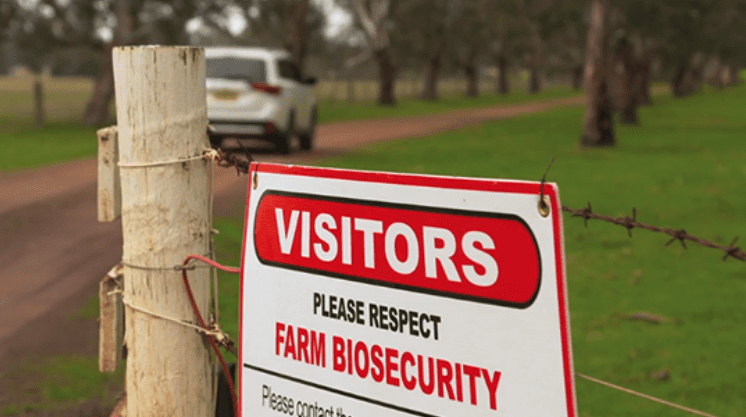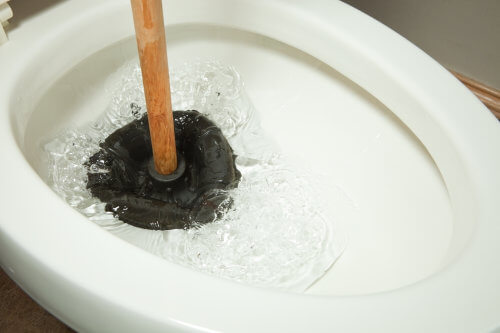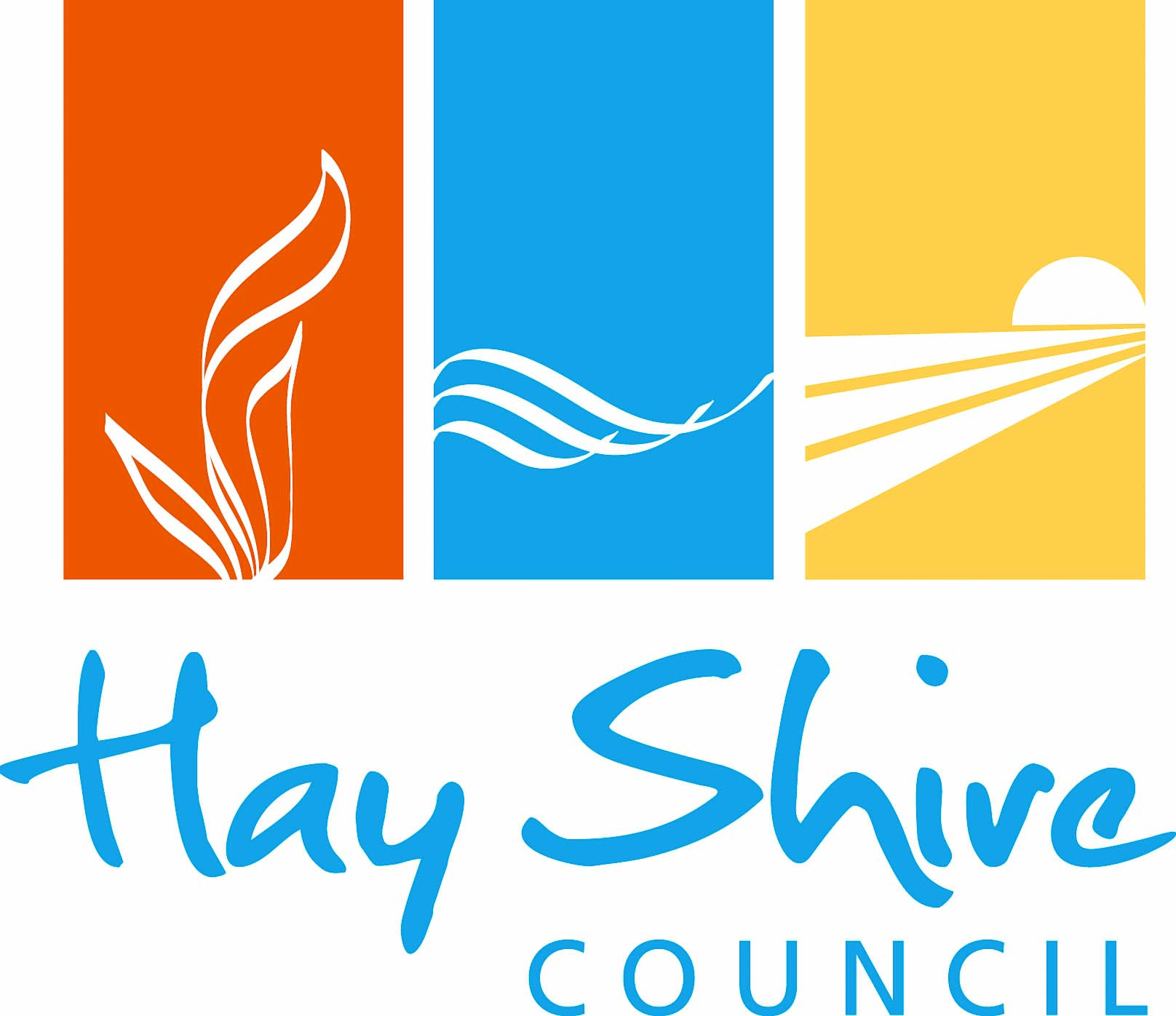Worst ever drought is only three years away
Tertia Butcher
12 July 2025, 8:00 PM

A Riverina-based engineer with vast experience in climate and infrastructure has repeated his warning that Eastern Australia should prepare for the worst drought ever experienced.
The prediction is for a drought that would affect entire communities, not just farmers. And it’s less than three years away.
“I am still predicting a very severe drought for 2028 to 2030, based on Solar Cycle 25, which is 100 per cent stronger than NASA predicted,” Steve Briggs told The Riverine Grazier.
“No one knows why.
“This has massive possibilities for Solar Cycle 26, which if bigger than 25, would be disastrous for mankind.
“I am currently finalising a patent for a World Climate-Weather prediction program, which can predict the climate and weather anywhere on the planet.”
Two years ago, Mr Briggs raised the alarm around future weather events and potential impacts when he dismissed claims from the Bureau of Meteorology that Australia was in an El Nino pattern with dry conditions imminent.
At the time, The Riverine Grazier quoted Mr Briggs as saying: “My predictions, which in recent years have been 100 per cent accurate, are for more flooding in coming months.
“This will be followed by the worst drought ever experienced in this country, from 2028 to 2030.
“In my view, the BOM does not seem to understand what the El Nino mechanism is, or how it works.”
Mr Briggs, who lives in Deniliquin, was proved correct when The Grazier first published his media release in 2023, and from more recent reports by the Department of Primary Industries and Regional Development (DPIRD), his prediction is again correct.
DPIRD’s forecast shows that drought conditions are likely to expand across the south of the state, and further into western and central NSW.
In the Riverina LLS area, the Department predicts conditions to remain challenging and decline further in the east of the region.
The drought forecast suggests that drought conditions will expand and most of the region will likely be in the Drought Affected CDI (Combined Drought Indicator) category by the end of July.
Communities relying on water from the Murrumbidgee and Murray Rivers will be the hardest hit; and it has already started before any of the regions have been drought declared.
While the majority of regulated river water sources in NSW remain on 100 per cent General Security allocation for 2025 26, as of July 1, the Murray sits on one per cent (1%) and the Murrumbidgee on four per cent (4%).
The Murray has a 97 per cent High Security allocation and the Murrumbidgee 95 per cent. The remaining 13 regulated river water sources all have 100 per cent High Security water allocations.
NEWS
SPORT
RURAL
COMMUNITY

















